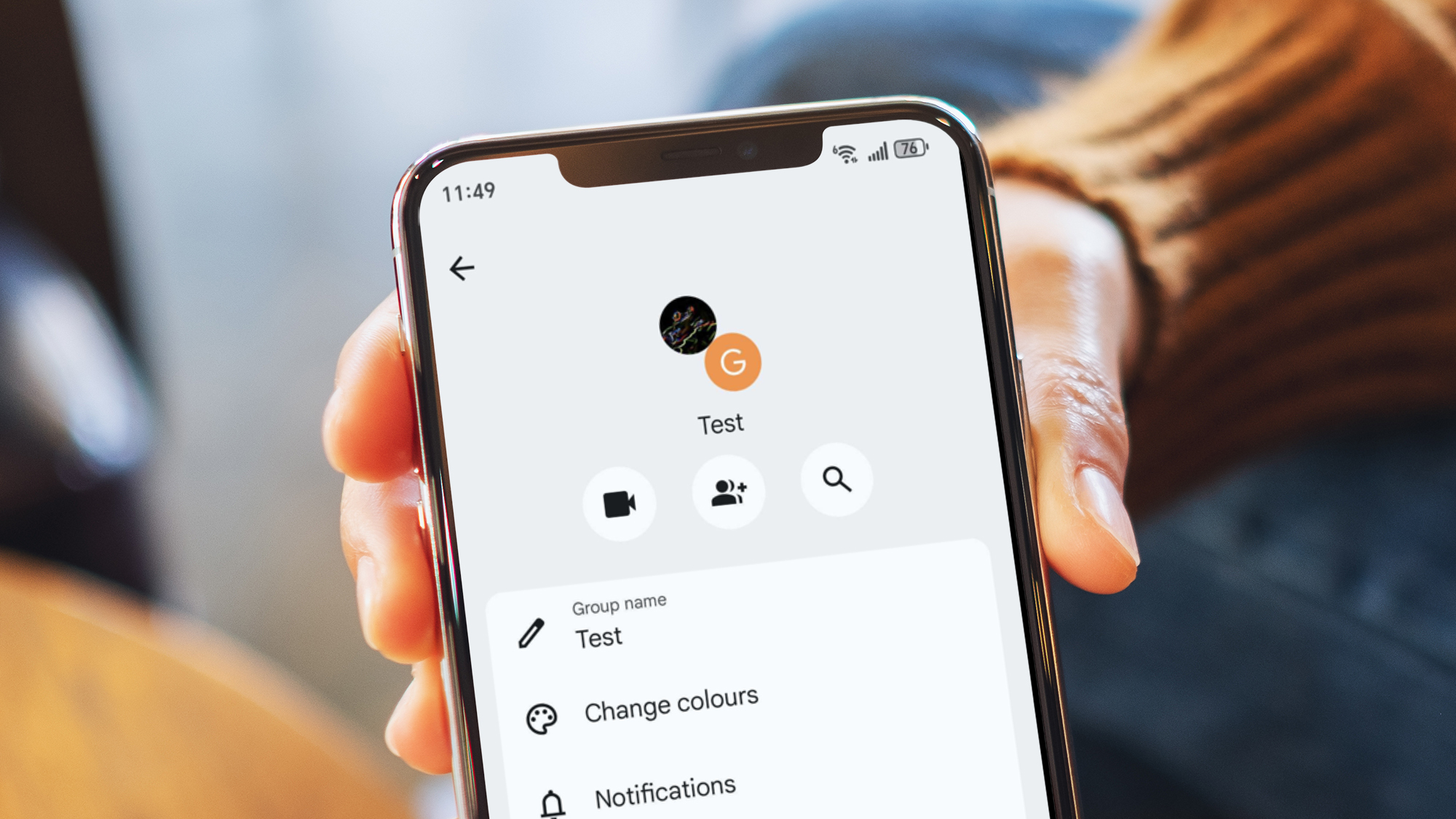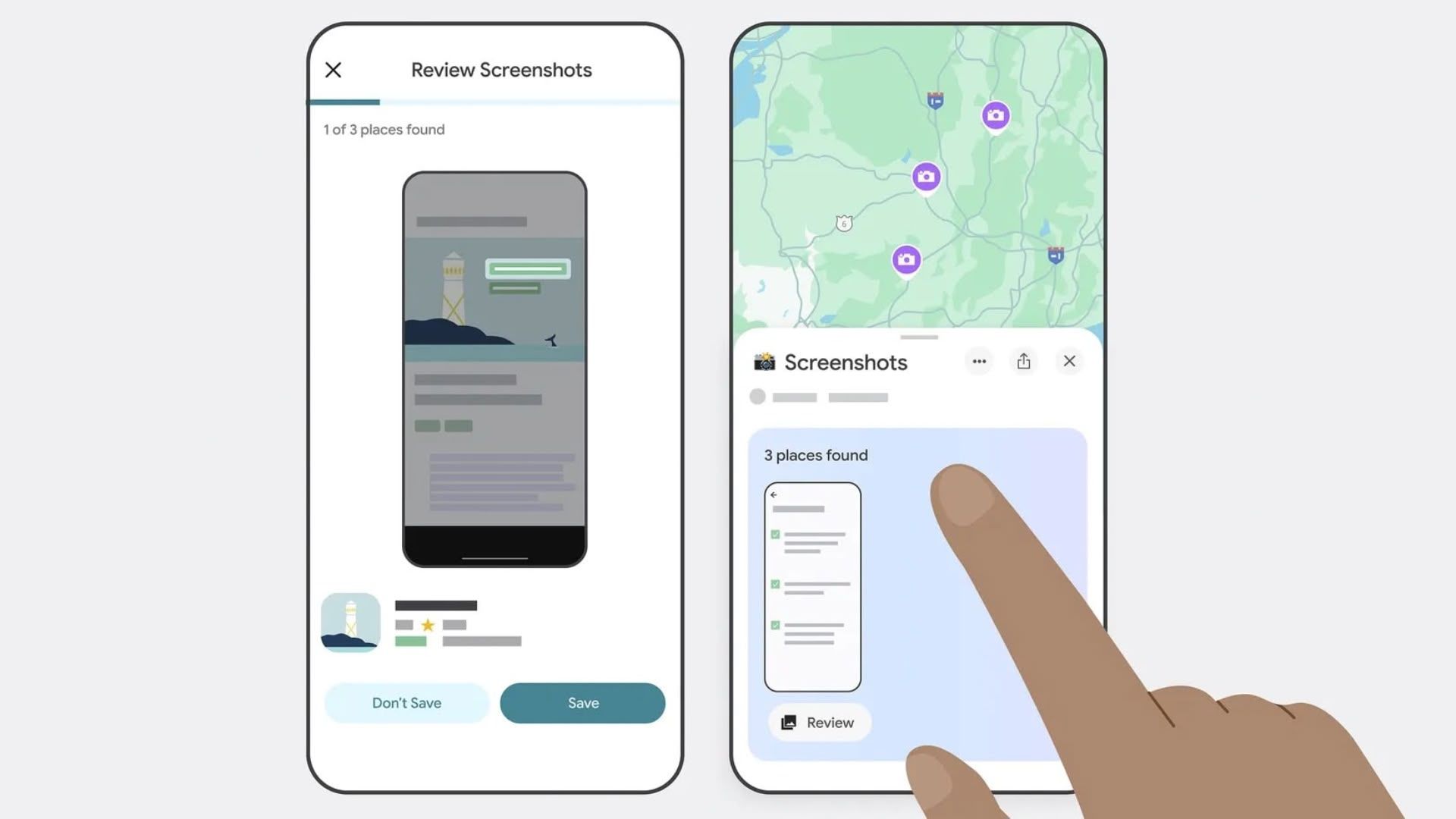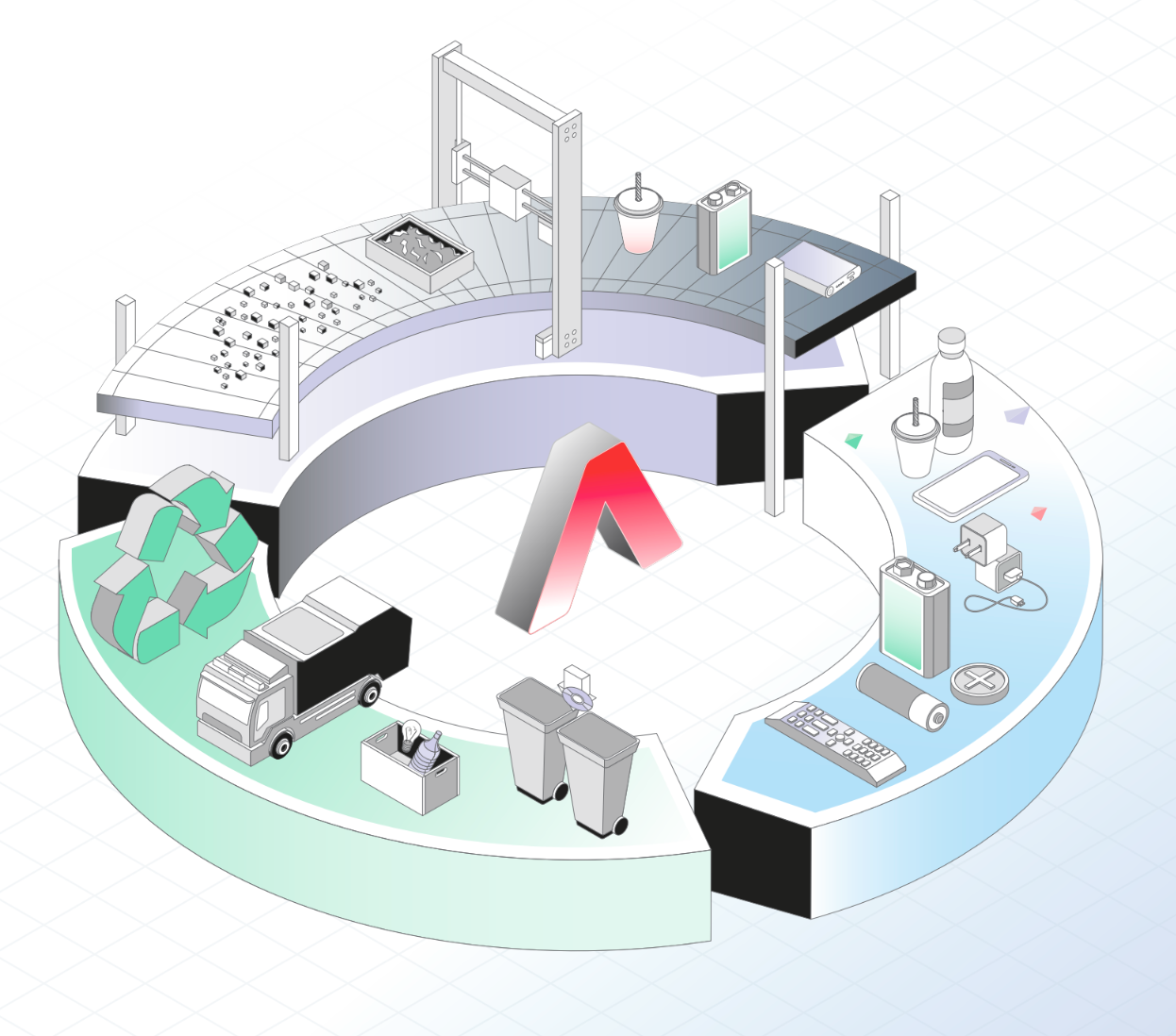How to Retrieve Selected Index from Gtk DropDown in Rust?
In Rust, when using GTK's DropDown widget, you may want to execute a closure to retrieve the selected index upon the selection change. A common issue developers face is accessing the selected choice directly from the ParamSpec. Let's dive into how to do this effectively. Understanding the DropDown and Connect Closure When you create a DropDown in GTK, you define the choices it contains. In your example, you have created a DropDown with two options: let choix = ["Choice 1","Choice 2"]; let drop_down2 = gtk::DropDown::from_strings(&choix); Here, choix is an array containing the two options. The DropDown will display these choices in the user interface. To respond to user interaction, you set up a closure that will be executed whenever the selected choice changes. The Problem with ParamSpec You already have a connect_closure, which responds to the notify::selected signal: drop_down2.connect_closure( "notify::selected", false, glib::closure_local!(move |_gg: glib::Object, pspec: glib::ParamSpec| { println!("{:?}", pspec.downcast::().unwrap()); }); ); The challenge arises when you try to retrieve the actual selection index from the ParamSpec. The output you see in the console, ParamSpecUInt, indicates that the parameter specification exists, but it doesn't directly provide the value you need. Solution: Using the Selected Property Instead of trying to extract the value from ParamSpec, you can simply call the selected() method on drop_down2. This method returns the currently selected index, allowing you to bypass the complexity of handling the ParamSpec directly. Here's how to implement this: Updated Code Example Here's how you could refine your approach: let choix = ["Choice 1","Choice 2"]; let drop_down2 = gtk::DropDown::from_strings(&choix); drop_down2.connect_closure( "notify::selected", false, glib::closure_local!(move |_gg: glib::Object, _pspec: glib::ParamSpec| { let selected_index = drop_down2.selected(); // Get the selected index println!("Selected index: {}", selected_index); }); ); Explanation Create the DropDown: You initialize the DropDown with a string array that holds your choices. Connect Closure: You use connect_closure on drop_down2 to handle the selection change. Call the Selected Method: Instead of manipulating pspec, you directly get the index of the selection with drop_down2.selected(). Frequently Asked Questions Can I use ParamSpec to get the selected choice? ParamSpec is designed to manage properties of an object, but it does not hold the selection value itself. It's more efficient to use the selected() method directly. Is there a way to listen for changes in other properties? Yes, you can connect to various signals using connect_closure. This allows you to respond to different property changes. What is the significance of glib::closure_local? glib::closure_local allows you to create a closure that can capture the local environment, making it useful for signal handling in GTK applications. By following these approaches, you can effectively manage selections in GTK's DropDown and create a responsive user experience in your Rust applications.
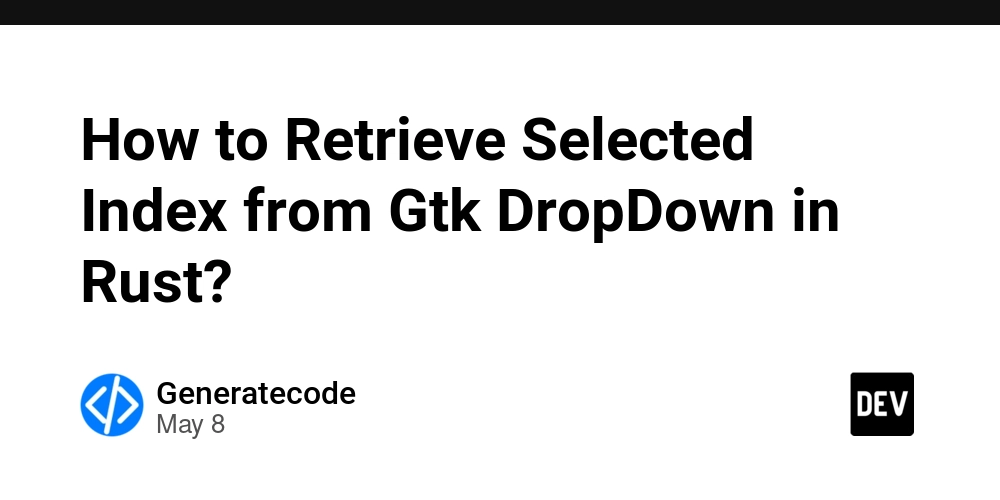
In Rust, when using GTK's DropDown widget, you may want to execute a closure to retrieve the selected index upon the selection change. A common issue developers face is accessing the selected choice directly from the ParamSpec. Let's dive into how to do this effectively.
Understanding the DropDown and Connect Closure
When you create a DropDown in GTK, you define the choices it contains. In your example, you have created a DropDown with two options:
let choix = ["Choice 1","Choice 2"];
let drop_down2 = gtk::DropDown::from_strings(&choix);
Here, choix is an array containing the two options. The DropDown will display these choices in the user interface. To respond to user interaction, you set up a closure that will be executed whenever the selected choice changes.
The Problem with ParamSpec
You already have a connect_closure, which responds to the notify::selected signal:
drop_down2.connect_closure(
"notify::selected",
false,
glib::closure_local!(move |_gg: glib::Object, pspec: glib::ParamSpec| {
println!("{:?}", pspec.downcast::().unwrap());
});
);
The challenge arises when you try to retrieve the actual selection index from the ParamSpec. The output you see in the console, ParamSpecUInt, indicates that the parameter specification exists, but it doesn't directly provide the value you need.
Solution: Using the Selected Property
Instead of trying to extract the value from ParamSpec, you can simply call the selected() method on drop_down2. This method returns the currently selected index, allowing you to bypass the complexity of handling the ParamSpec directly. Here's how to implement this:
Updated Code Example
Here's how you could refine your approach:
let choix = ["Choice 1","Choice 2"];
let drop_down2 = gtk::DropDown::from_strings(&choix);
drop_down2.connect_closure(
"notify::selected",
false,
glib::closure_local!(move |_gg: glib::Object, _pspec: glib::ParamSpec| {
let selected_index = drop_down2.selected(); // Get the selected index
println!("Selected index: {}", selected_index);
});
);
Explanation
-
Create the DropDown: You initialize the
DropDownwith a string array that holds your choices. -
Connect Closure: You use
connect_closureondrop_down2to handle the selection change. -
Call the Selected Method: Instead of manipulating
pspec, you directly get the index of the selection withdrop_down2.selected().
Frequently Asked Questions
Can I use ParamSpec to get the selected choice?
ParamSpec is designed to manage properties of an object, but it does not hold the selection value itself. It's more efficient to use the selected() method directly.
Is there a way to listen for changes in other properties?
Yes, you can connect to various signals using connect_closure. This allows you to respond to different property changes.
What is the significance of glib::closure_local?
glib::closure_local allows you to create a closure that can capture the local environment, making it useful for signal handling in GTK applications.
By following these approaches, you can effectively manage selections in GTK's DropDown and create a responsive user experience in your Rust applications.









































































































































































![[The AI Show Episode 146]: Rise of “AI-First” Companies, AI Job Disruption, GPT-4o Update Gets Rolled Back, How Big Consulting Firms Use AI, and Meta AI App](https://www.marketingaiinstitute.com/hubfs/ep%20146%20cover.png)










































































































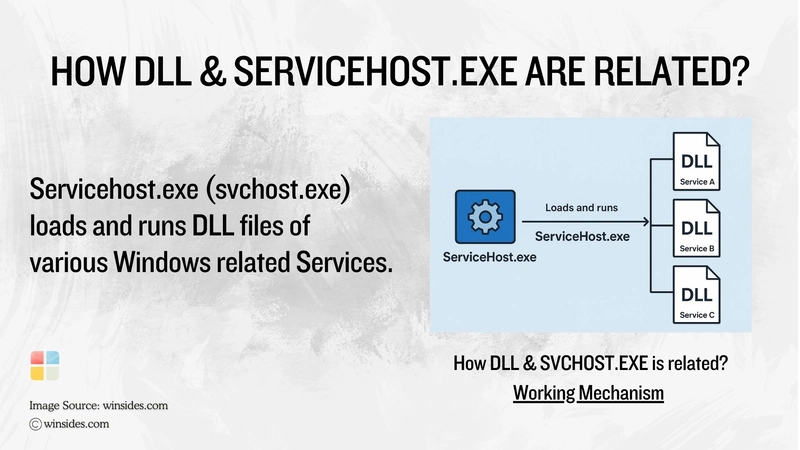
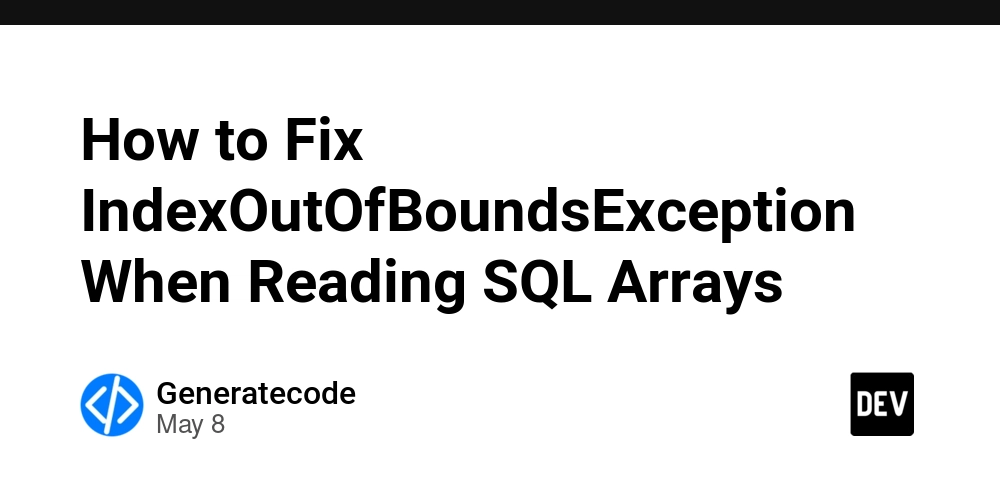













![[DEALS] The Premium Python Programming PCEP Certification Prep Bundle (67% off) & Other Deals Up To 98% Off – Offers End Soon!](https://www.javacodegeeks.com/wp-content/uploads/2012/12/jcg-logo.jpg)
































































































































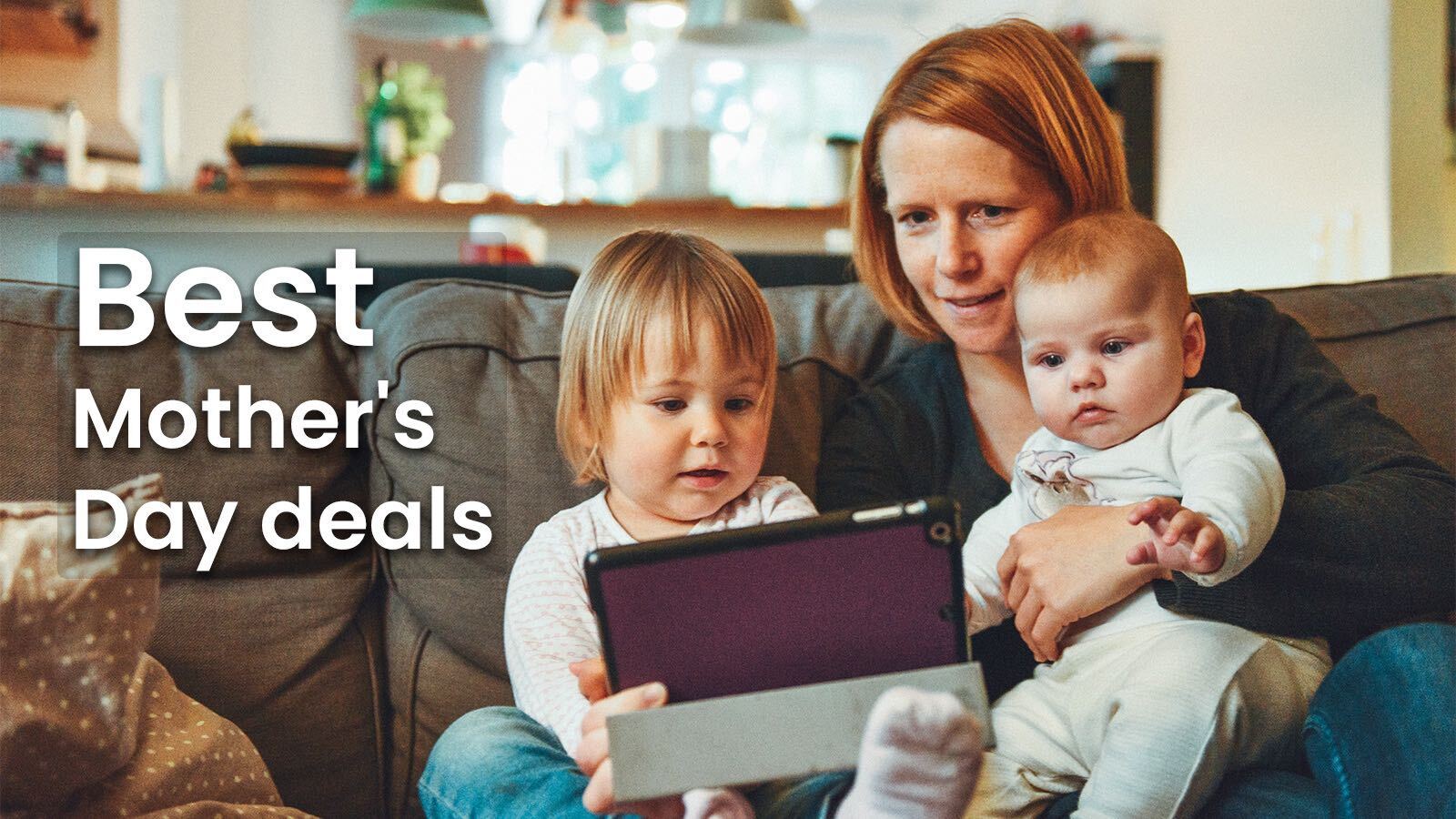
















































































































![Honor 400 series officially launching on May 22 as design is revealed [Video]](https://i0.wp.com/9to5google.com/wp-content/uploads/sites/4/2025/05/honor-400-series-announcement-1.png?resize=1200%2C628&quality=82&strip=all&ssl=1)













![Beats Studio Pro Wireless Headphones Now Just $169.95 - Save 51%! [Deal]](https://www.iclarified.com/images/news/97258/97258/97258-640.jpg)

















